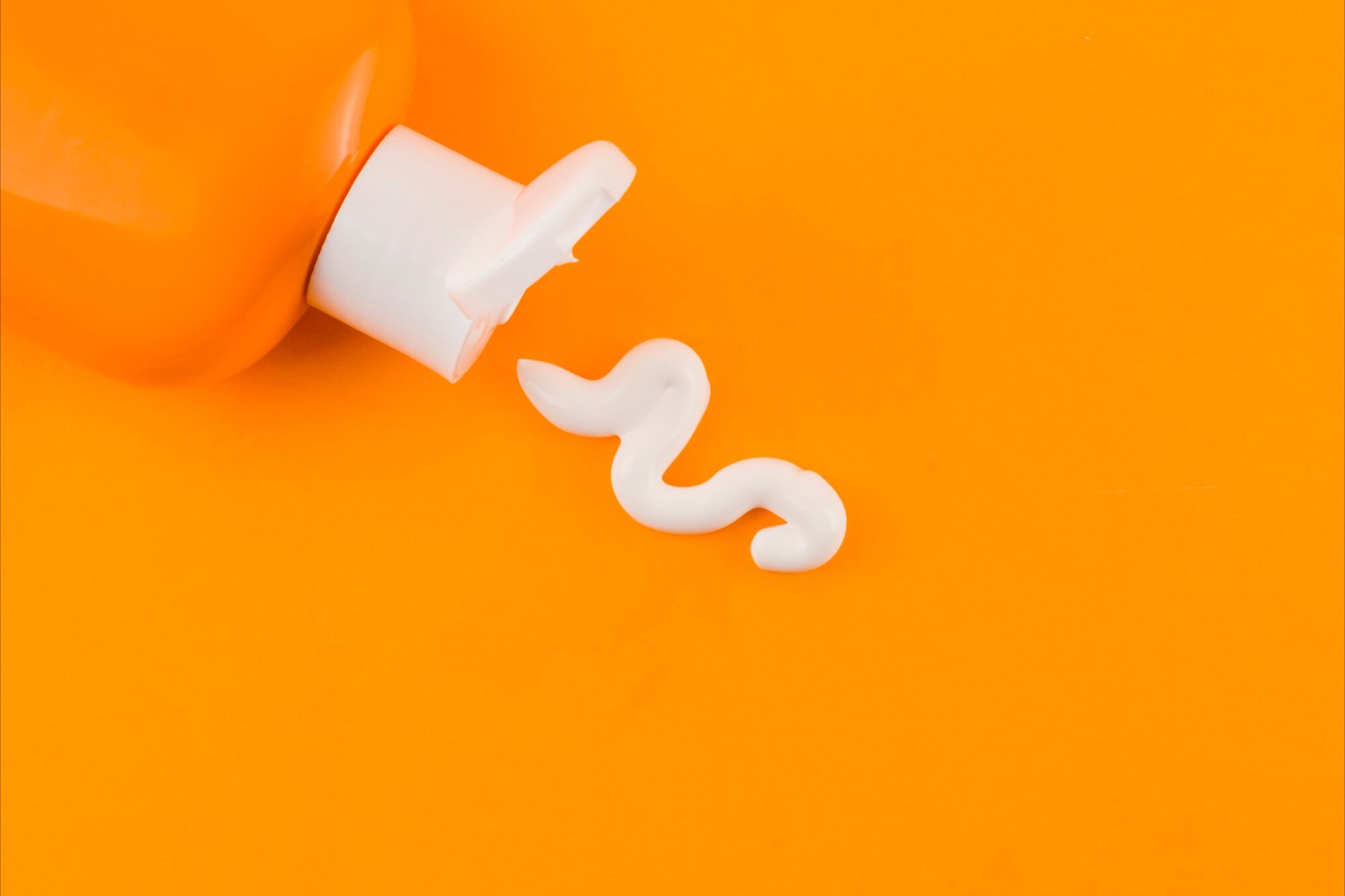Sunblocks are one of the most used products applied on the skin. Chemical UV filters in the sunscreens have been widely used for decades. However, scientific research is increasingly pointing to the concerns associated with their systemic absorption, bioaccumulation, endocrine disruption, and environmental toxicity. Regulatory bodies, including the U.S. Food and Drug Administration (FDA), have called for further safety studies due to the lack of long-term human safety data, while European agencies have banned several UV filters in the European Union. Let us understand, "BUT WHY!"
Systemic Absorption and Hormonal Disruption
Although we have covered these ingredients as part of our DIRTY30 in detail, lets put the focus only on chemical UV filters here. Oxybenzone, avobenzone, and octocrylene, common chemical sunscreen ingredients, are absorbed into the bloodstream and bioaccumulate at concentrations exceeding FDA safety thresholds. These compounds remained detectable in the blood for over 24 hours after a single application.
- Oxybenzone mimics estrogen and has been linked to hormonal imbalances, reduced sperm quality, and thyroid dysfunction.
- Octinoxate has been shown to alter reproductive hormone levels in animal studies
- Octocrylene & Homosalate accumulates in the body and disrupts estrogen, androgen, and progesterone function, raising concerns about its long-term effects.
Metabolites of Chemical UV Filters and Their Toxicity
For the chemical UV filters to work, they need to get absorbed into the skin and then absorb the UV radiation, however in the process these chemicals absorb a lot of energy and break down, making smaller components, called as metabolites. These metabolic transformation in the body, often leads to the formation of potentially harmful byproducts:
- Oxybenzone is metabolized into benzophenone-1 and benzophenone-3, both of which have estrogenic activity and have been detected in placental tissues, urine, and breast milk.
- Octocrylene degrades into benzophenone, a suspected carcinogen linked to DNA damage and oxidative stress in human cells.
- Avobenzone, when exposed to chlorine (such as in swimming pools), breaks down into toxic halogenated byproducts, which have been linked to cellular toxicity and skin irritation.
DNA Damage and Carcinogenic Potential
Certain UV filters stay in the body for much longer time compared to the intended, and then degrade over time, producing harmful byproducts:
- Octocrylene converts into benzophenone, a possible carcinogen that can induce oxidative stress and DNA damage in skin cells.
- Sunscreens containing oxybenzone have been linked to higher rates of allergic reactions and phototoxicity.
- Methylbenzylidene camphor (4-MBC), another common UV filter, has been found to promote tumor cell proliferation in laboratory studies, raising concerns about its safety.
Environmental Impact: Aquatic and marine life Toxicity
Chemical UV filters accumulate in oceans and freshwater, affecting marine ecosystems. Studies show that oxybenzone and octinoxate contribute to coral bleaching by inducing oxidative stress, DNA damage, and developmental deformities in coral larvae.
USFDA raised concerns several times
The U.S. Food and Drug Administration (FDA) has long played a key role in regulating sunscreen ingredients for consumer safety. Over the past few decades, concerns have emerged over the systemic absorption, endocrine-disrupting effects, and environmental toxicity of chemical UV filters. In 1999 and 2021, the FDA reassessed the safety of 12 UV filters, withdrawing their Generally Recognized as Safe and Effective (GRASE) status due to insufficient human safety data. However, industry lobbying and regulatory delays have postponed decisive action.
The 1999 Sunscreen Monograph and Initial Concerns
In 1999, the FDA released its final sunscreen monograph, categorizing UV filters into three groups:
- GRASE Category I: Recognized as safe and effective (e.g., zinc oxide, titanium dioxide).
- GRASE Category II: Not safe or effective.
- GRASE Category III: Insufficient safety data, requiring further studies
The FDA deferred the final GRASE classification for 12 chemical UV filters due to inadequate human absorption and toxicity data.
The 2019 Clinical Research Raised Serious Concerns
By 2019, new research had revealed systemic absorption of chemical UV filters. A pivotal FDA clinical trial found that common UV filters, including oxybenzone, avobenzone, and octocrylene, were absorbed into the bloodstream at concentrations exceeding safety thresholds.
In 2021, FDA Proposed Withdrawal of GRASE Status
In September 2021, the FDA proposed a new rule, removing the GRASE status for 12 chemical UV filters due to insufficient long-term safety data:
- Oxybenzone, Octinoxate, Octocrylene, Homosalate, Avobenzone, Ensulizole, Padimate O, Sulisobenzone, Dioxybenzone, Meradimate, Cinoxate, and Aminobenzoic acid (PABA).
- The only two GRASE UV Filters on the list remained Zinc Oxide and Titanium DiOxide.
The main concerns highlighted were:
- Endocrine disruption: Some UV filters interfere with hormonal function.
- Systemic absorption: Chemicals enter the bloodstream and persist beyond FDA safety limits.
- Environmental harm: Certain UV filters contribute to coral bleaching and aquatic toxicity.
Industry Response and Delays in Regulatory Action
In response, the PCPC and major sunscreen manufacturers pushed back, citing a lack of alternative chemical UV filters and the need for further research. They presented studies claiming that low-dose exposure did not cause significant harm, leading the FDA to defer final regulation pending additional long-term studies.
With SPF claims reaching 70 to 80, the concentration of these chemical UV filters have increased substantially in the sunscreen formulas, however regulatory dilemma allows these filters to be in almost all sunscreen products.
Until more scientific data and new alternative safer sunscreens are available, we will focus on botanical ingredients and minerals for sun protection, and we will motivate our customers to do so as well.


Share:
Suncare beyond SPF
Proper Nutrition for Skin